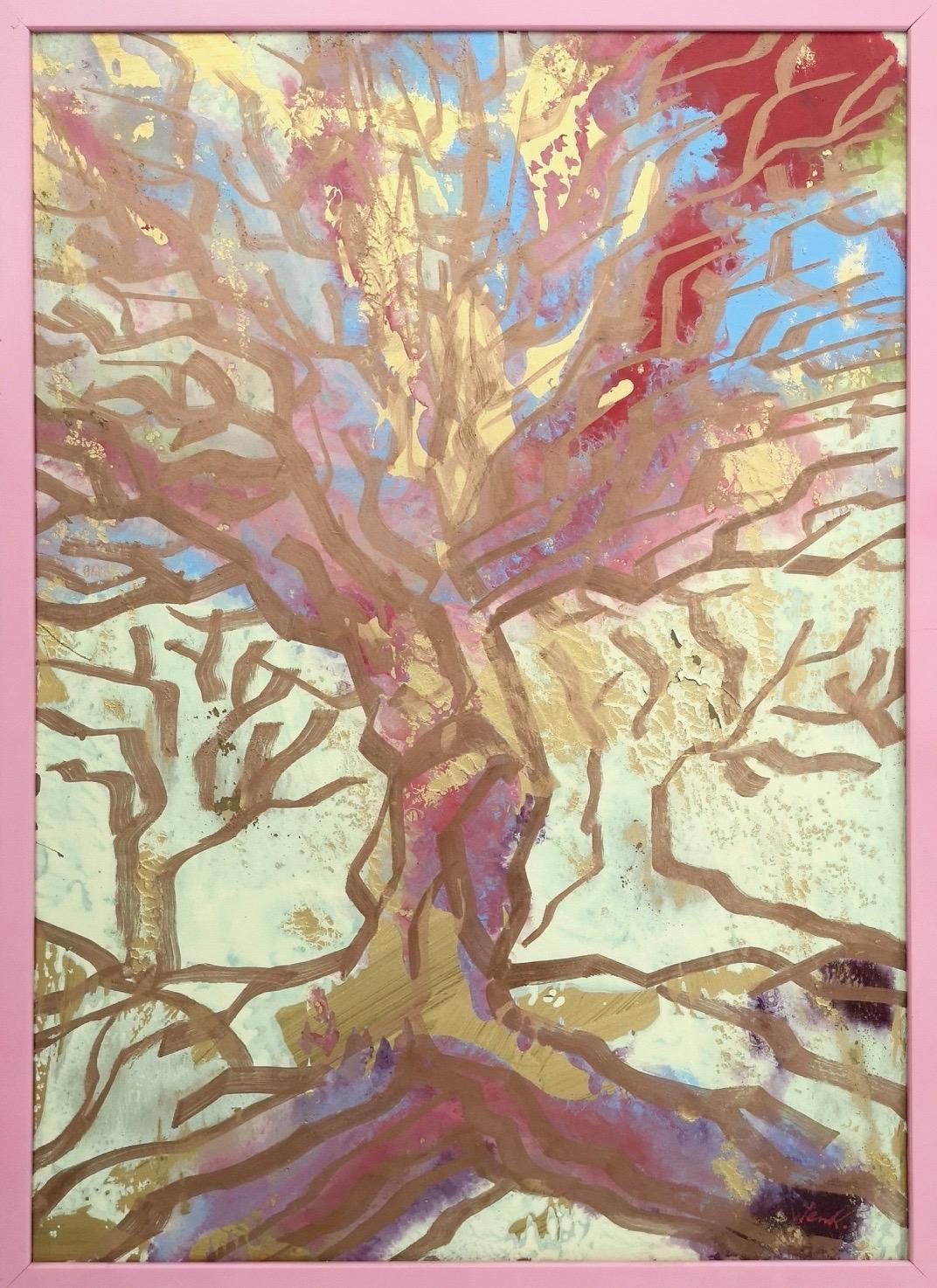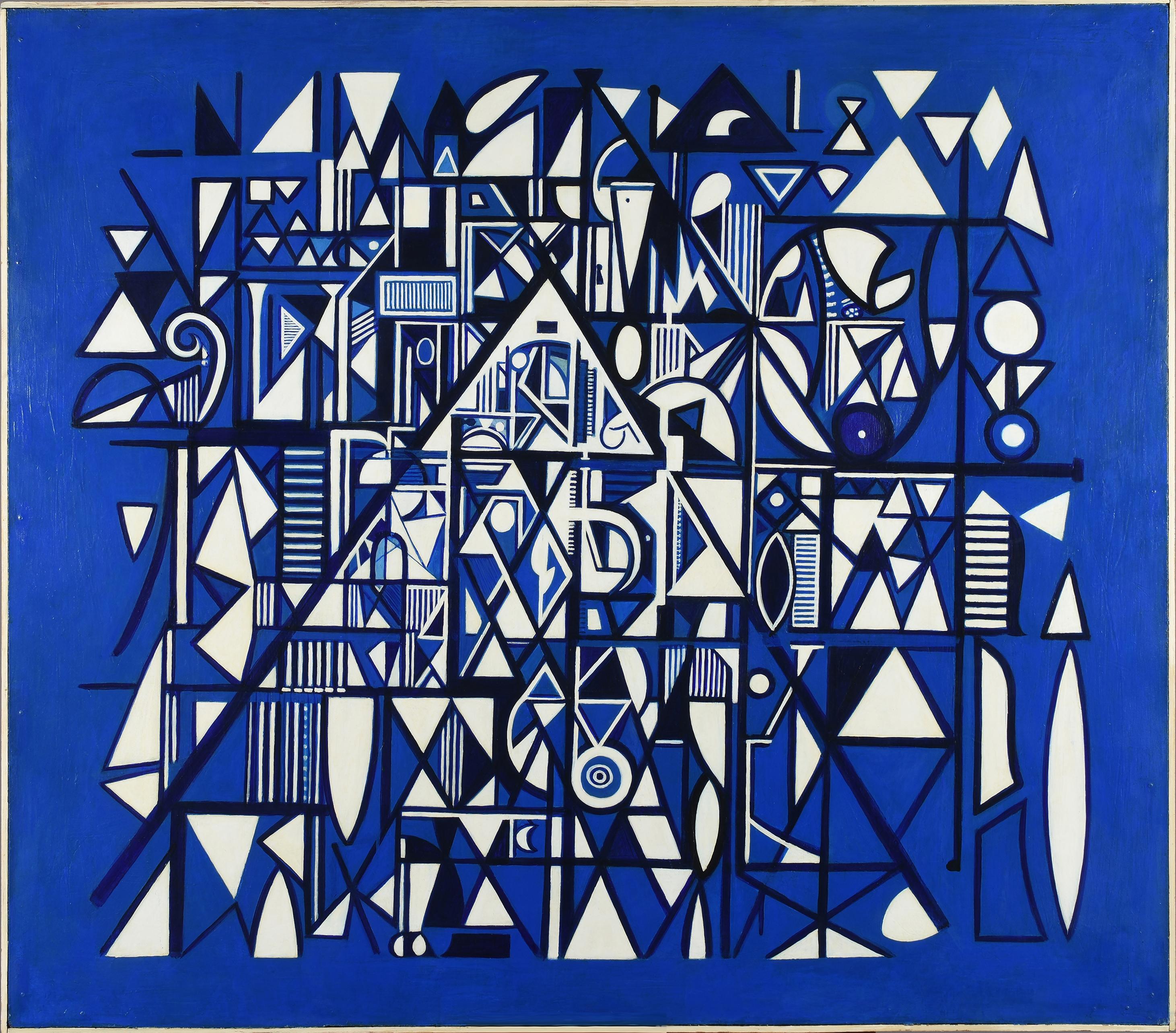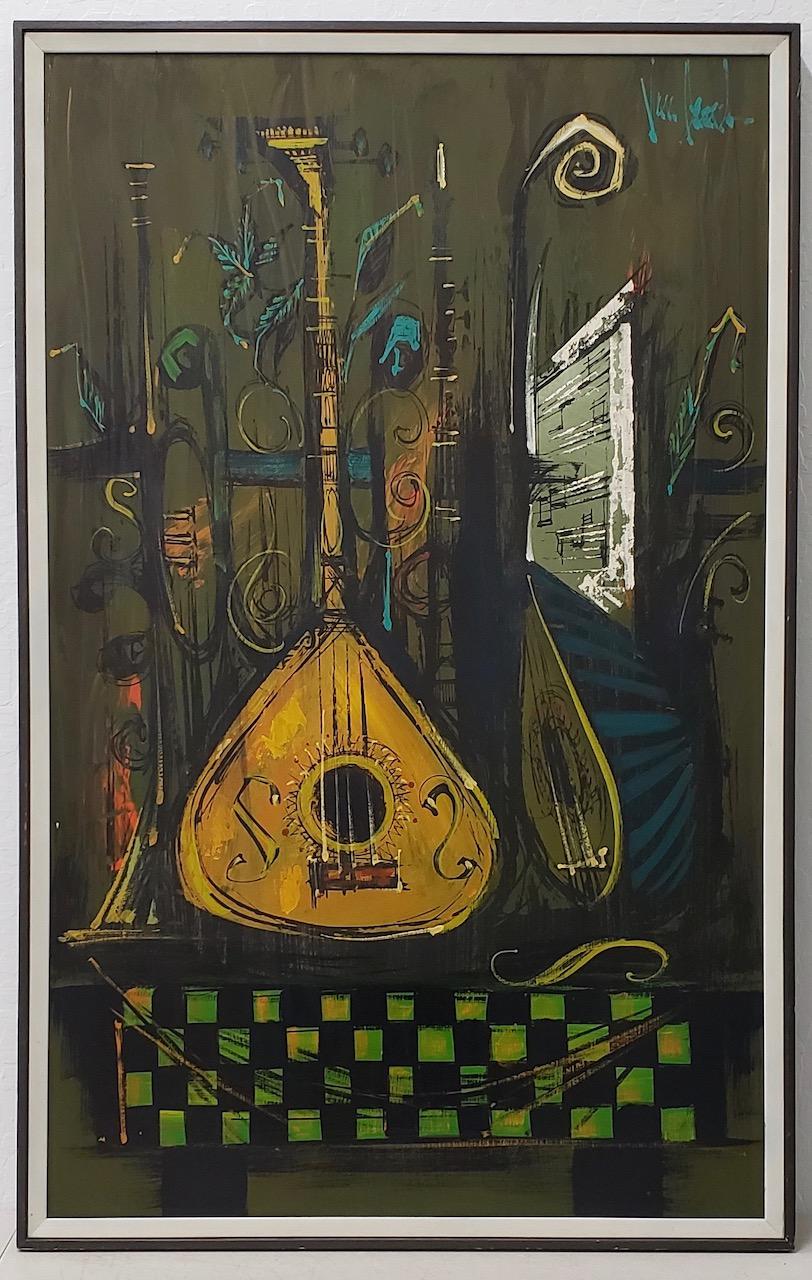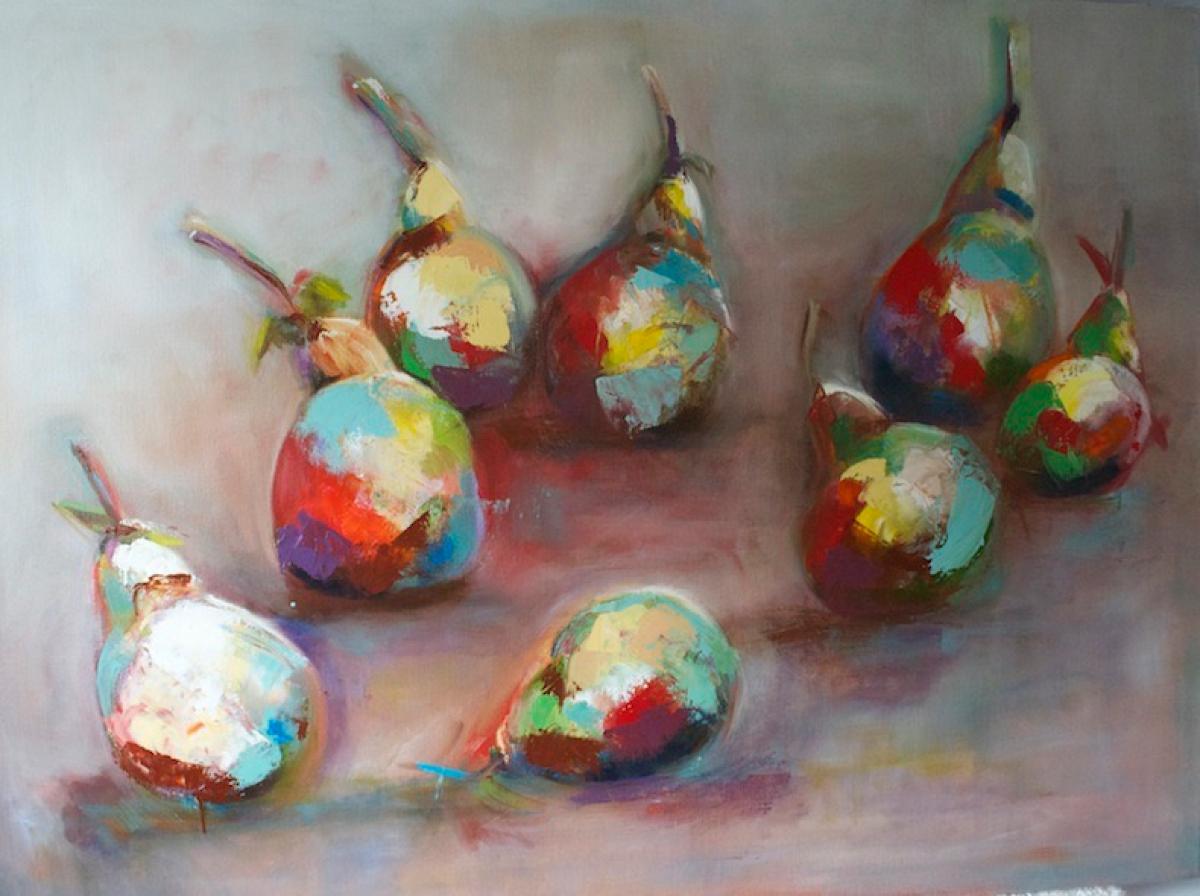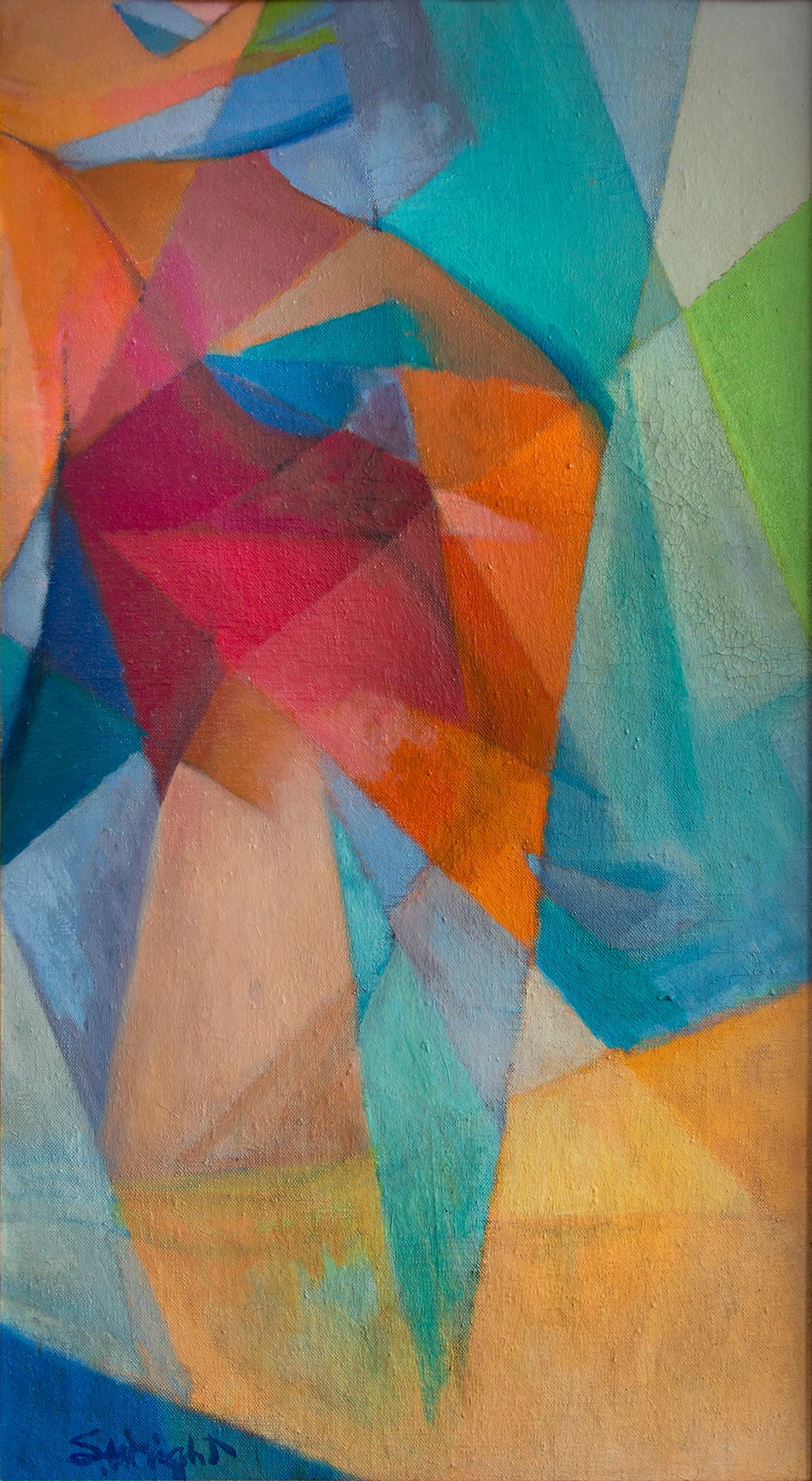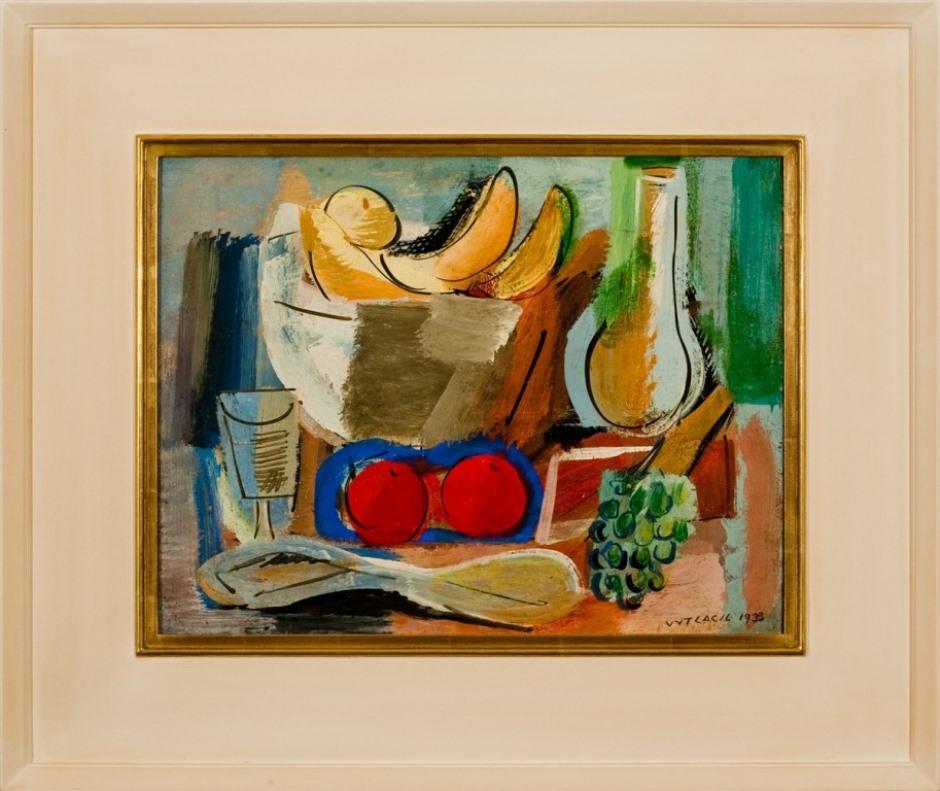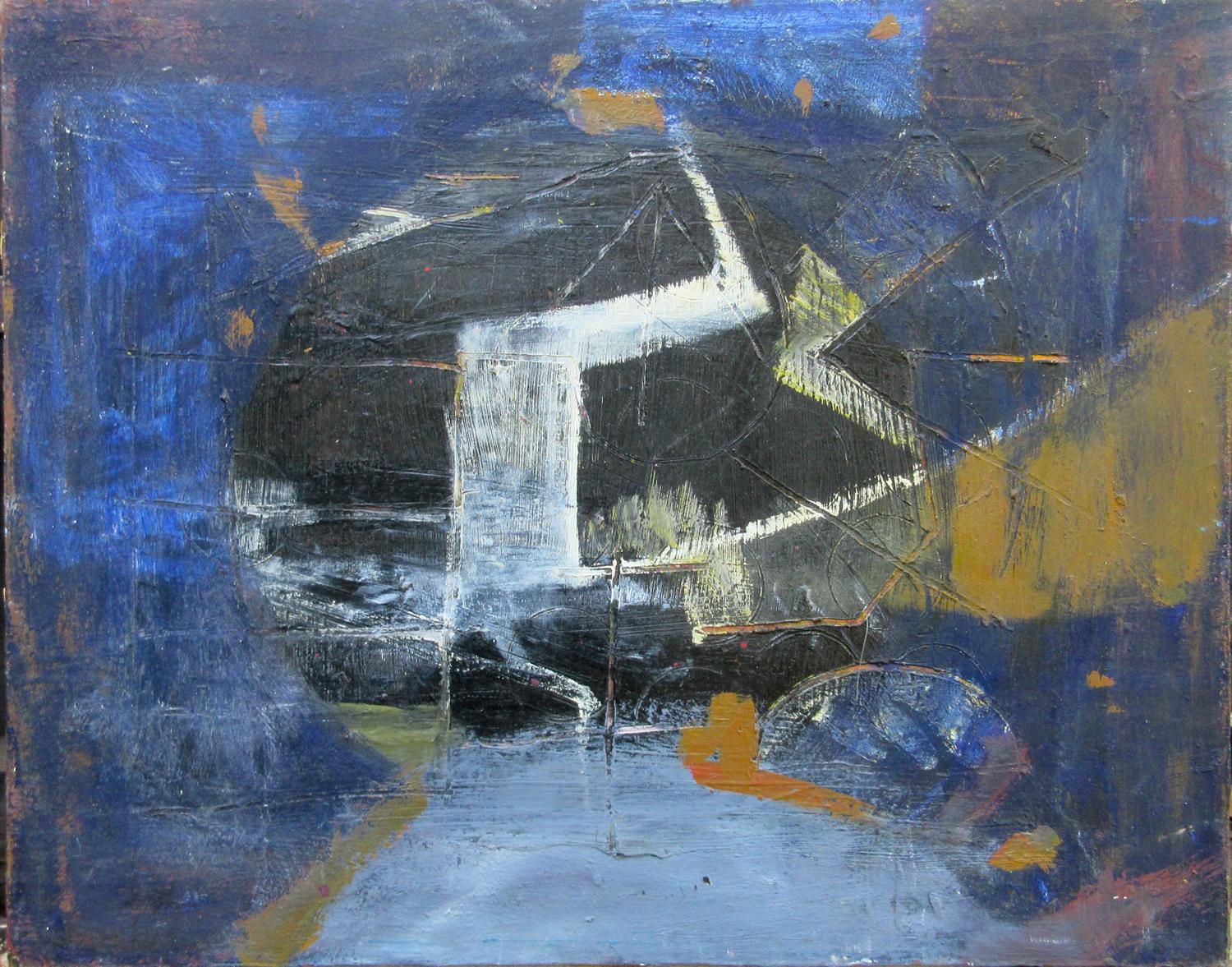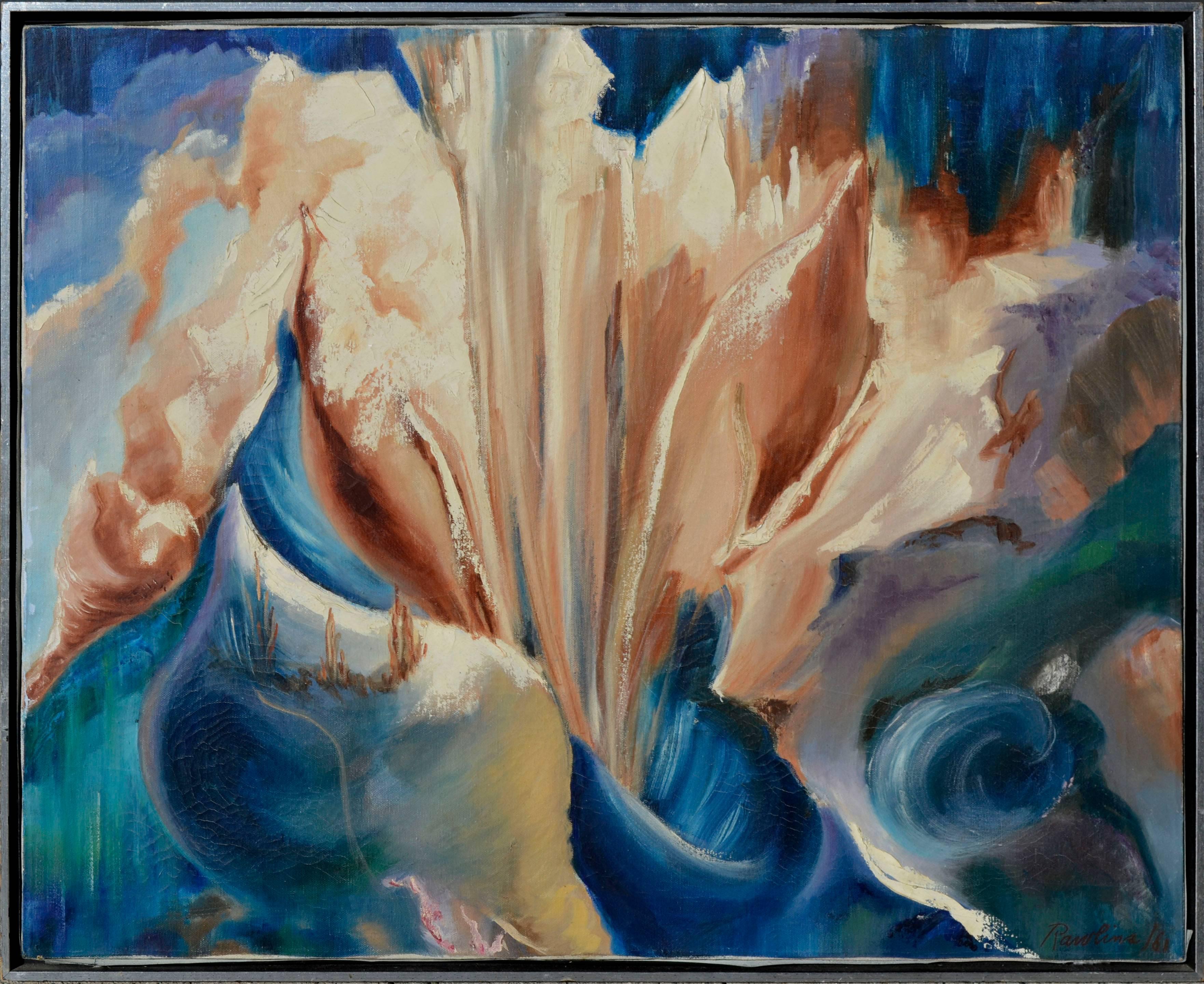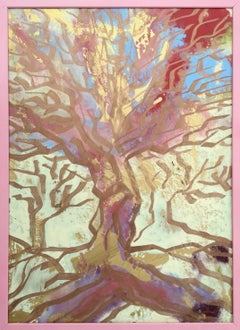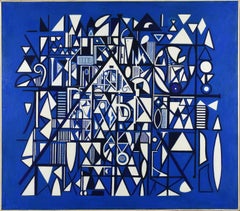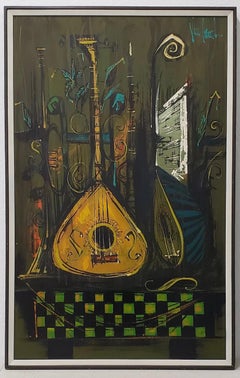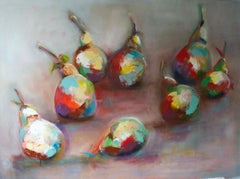
Warm Abstract Expressionist Still Life Painting, Circa 1940s
View Similar Items
1 of 4
Gustav FriedmannWarm Abstract Expressionist Still Life Painting, Circa 1940sCirca Late 1940s
Circa Late 1940s
About the Item
- Creator:Gustav Friedmann (1897 - 1982, American, Austrian)
- Creation Year:Circa Late 1940s
- Dimensions:Height: 31.5 in (80.01 cm)Width: 23 in (58.42 cm)Depth: 0.25 in (6.35 mm)
- Medium:
- Movement & Style:
- Period:
- Condition:Minor wear.
- Gallery Location:San Francisco, CA
- Reference Number:Seller: 414421stDibs: LU29821889583
Authenticity Guarantee
In the unlikely event there’s an issue with an item’s authenticity, contact us within 1 year for a full refund. DetailsMoney-Back Guarantee
If your item is not as described, is damaged in transit, or does not arrive, contact us within 7 days for a full refund. Details24-Hour Cancellation
You have a 24-hour grace period in which to reconsider your purchase, with no questions asked.Vetted Professional Sellers
Our world-class sellers must adhere to strict standards for service and quality, maintaining the integrity of our listings.Price-Match Guarantee
If you find that a seller listed the same item for a lower price elsewhere, we’ll match it.Trusted Global Delivery
Our best-in-class carrier network provides specialized shipping options worldwide, including custom delivery.You May Also Like
" Albero rosa" by Enzio Wenk, 2018 - Oil Paint on Masonite, Expressionism
By Enzio Wenk
Located in Bresso, IT
Translated title: "Pink tree".
Oil paint on masonite.
Category
2010s Abstract Expressionist Abstract Paintings
Materials
Masonite, Oil
Untitled
By Richard Pousette-Dart
Located in Miami, FL
Acrylic on masonite. This is a pivotal work in deep and radiant cobalt blue from 1950. It dipicts calligraphic and hieroglyph structures over a grid and pyramidal base by the first generation abstract expressionist.
Provenance: Skinner: November 13, 1992 [Lot 00219}, The entry in the Skinner catalog indicates that the painting came directly from the artist to the family of the consignor to Skinner. Kaminsky Auctions. There is an unbroken paper trail that traces the ownership of the painting from the current owner, through two auction houses to the artist. Perfect unbroken provenance.
Pousette-Dart was among the most inventive of the Abstract Expressionist generation, His uncanny talent was to expand the nature of abstraction and still make each mark each element very much his own; a reflection of what he called "the concealed power of the spirit," he said, “not of the brute physical form." His was not aiming for a singular, realized aesthetic formula but to expand the possibilities of painting; the transcendental in painting. Typical of such invention and exploration is this painting Untitled 1950 when the artist was only 34 years old and represented by one of the champions of the new American painting, Betty Parsons.
A banner year for Pousette-Dart, the Museum of Modern Art acquired their first painting by the Minnesota born artist. He worked on easel size works such as this painting an oil on masonite. At the same time Pousette-Dart was also working on larger scale works such as Path of the Hero, running over ten feet in length now in the collection of the Metropolitan Museum of Art. Both contain fields of color articulated by a highly sophisticated white hieroglyphic vocabulary. Rather than demonstrate an expressionist sensibility, Pousette-Dart harnesses his more cerebral ideas transforming thick areas of paint into a more refined composition of geometric forms akin to the pattern and forms of say a stained glass window. In a way he is looking back at Fugue, 1940 a black and white composition which makes use of a similar format of painting albeit smaller. Color and form are minimal, but what Pousette-Dart has maximized is the rhythmic and syncopated character of painting casting his ideas into purely symbolic terms that one might link to the pictograms of Adolph Gottlieb. Nonetheless, nature is always at the core of Pousette-Dart’s thinking and dreaming. Here he has transformed the local Ramapo Mountains—where he will eventually move with his family to live and work— into a complex series of articulated fragments linked by style, scale and color. The painting’s imagery built on two large triangles and reduced to just two colors, cobalt blue and white all outlined in black. Pousette-Dart symbols stacked in horizontal and vertical rows: blue is ground, white is language, symbolic of light, consciousness and awareness . The painting maintains a mystical character images compounded that formulate a secret code and linked to the series of white paintings Pousette-Dart authored in the first half of the 1950s. Get up close to the picture and you discover images within images a kind of picture puzzle...
Category
1950s Abstract Expressionist Abstract Paintings
Materials
Masonite, Acrylic
$1,150,000
Large Scale Mid 20th Century Acrylic Painting by Vanguard Studios by Van Gaard
Located in San Francisco, CA
Large Scale Mid 20th Century Acrylic Painting by Vanguard Studios Signed Van Gaard
Classic 1950s to 1960s acrylic painting of a guitar against a colorful ab...
Category
Mid-20th Century Abstract Expressionist Still-life Paintings
Materials
Masonite, Acrylic
Big A$$ Pears , Abstract Expressionism Oil, Pears, Still Life,
Located in Houston, TX
LOOK FOR FREE SHIPPING AT CHECKOUT
Deborah Wage paint mainly in oils and encaustic, occasionally watercolor. She is a representational artist which rende...
Category
2010s Abstract Expressionist Still-life Paintings
Materials
Oil, Canvas
Synchromy
By Stanton MacDonald-Wright
Located in Miami, FL
The work is executed at the heyday of abstract expressionsim in the mid-50s.
Colors are saturated and bright.
Goldfield (of Goldfield Gallery). Written on the stretcher. Goldfield G...
Category
1950s Abstract Expressionist Abstract Paintings
Materials
Oil
"Still Life with Bananas"
By Vaclav Vytlacil
Located in Lambertville, NJ
Jim’s of Lambertville is proud to offer this artwork by:
Vaclav Vytlacil (1892-1984)
He was born to Czechoslovakian parents in 1892 in New York City. Living in Chicago as a youth, he took classes at the School of the Art Institute of Chicago, returning to New York when he was 20. From 1913 to 1916, he enjoyed a scholarship from the Art Students League, and worked with John C. Johansen (a portraitist whose expressive style resembled that of John Singer Sargent), and Anders Zorn.
He accepted a teaching position at the Minneapolis School of Art in 1916, remaining there until 1921. This enabled him to travel to Europe to study Cézanne’s paintings and works of the Old Masters. He traveled to Paris, Prague, Dresden, Berlin, and Munich seeking the works of Titian, Cranach, Rembrandt, Veronese, and Holbein, which gave him new perspective. Vytlacil studied at the Royal Academy of Art in Munich, settling there in 1921. Fellow students were Ernest Thurn and Worth Ryder, who introduced him to famous abstractionist Hans Hofmann. He worked with Hofmann from about 1922 to 1926, as a student and teaching assistant.
During the summer of 1928, after returning to the United States, Vytlacil gave lectures at the University of California, Berkeley, on modern European art. Soon thereafter, he became a member of the Art Students League faculty. After one year, he returned to Europe and successfully persuaded Hofmann to teach at the League as well. He spent about six years in Europe, studying the works of Matisse, Picasso, and Dufy. In 1935, he returned to New York and became a co-founder of the American Abstract Artists group in 1936. He later had teaching posts at Queens College in New York; the College of Arts and Crafts in Oakland, California; Black Mountain College in North Carolina; and the Art Students League.
His paintings exhibit a clear inclination toward modernism. His still lives and interiors from the 1920s indicate an understanding of the art of Cézanne. In the 1930s, his works displayed two very different kinds of art at the same time. His cityscapes and landscapes combine Cubist-inspired spatial concerns with an expressionistic approach to line and color. Vytlacil also used old wood, metal, cork, and string in constructions, influenced by his friend and former student, Rupert Turnbull. He eventually ceased creating constructions as he considered them too limiting. The spatial challenges of painting were still his preference. During the 1940s and 1950s, his works indicated a sense of spontaneity not felt in his earlier work.
He married Elizabeth Foster in Florence, Italy, in 1927 and they lived and worked in Positano, Italy for extended periods of time. Later on, they divided their time between homes in Sparkill, New York and Chilmark, Massachusetts, where Vyt, as he was affectionately called, taught at the Martha's Vineyard Art...
Category
1930s Abstract Expressionist Abstract Paintings
Materials
Oil, Board
